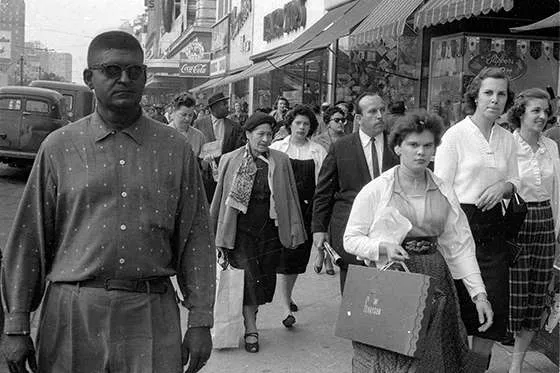Table of Contents
Black Like Me: John Griffin colored his skin “black” and traveled to the South in an attempt to understand non-white life in America. As you might think, his experience, as told in Black Like Me, was devastating.
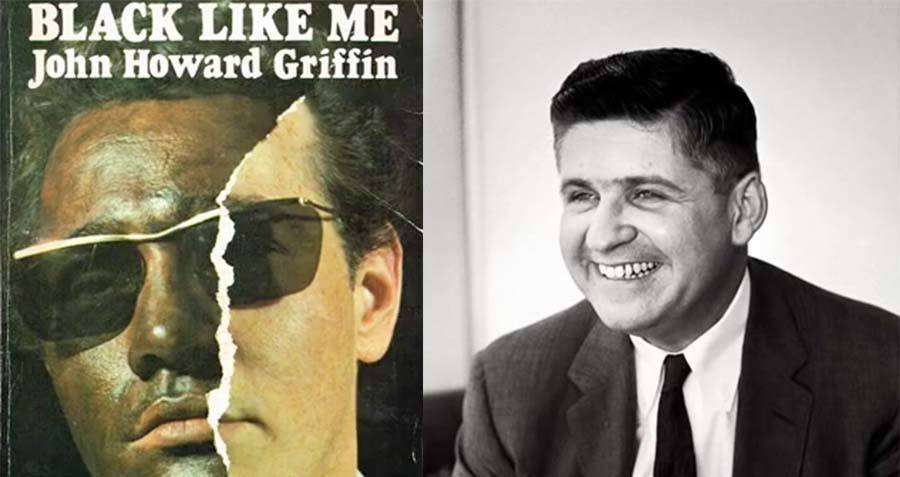
You can buy book here : Black Like Me: The Definitive Griffin Estate Edition
In November 1959, John Griffin set off on one of the most difficult journeys of his life, and it was very hard. Griffin liveed as a black guy in the American South for six weeks.
39-year-old Griffin previously served in the US military when he was temporarily blinded by shrapnel.
The process of becoming black like me
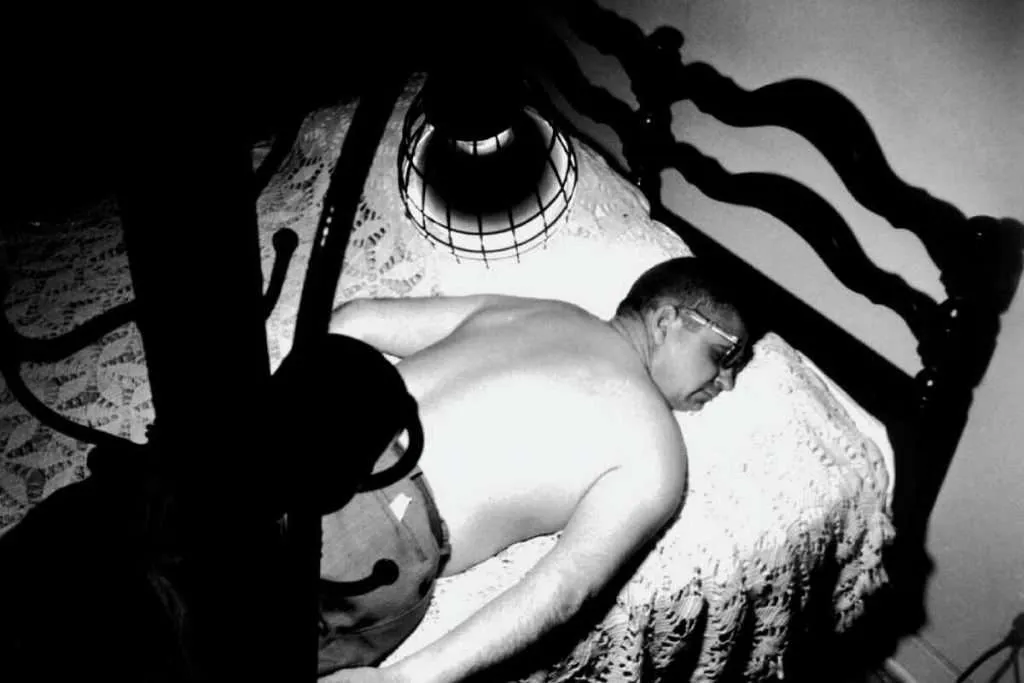
John Howard Griffin looked for work for several weeks, made friends, received threats, was harassed, and sat in the rear of the bus as a black guy.
On one bus ride, he half-rose from his seat to offer it to a tired-looking middle-aged Caucasian woman. “I recognized that I was going ‘against the race,’ and the subtle tug-of-war became suddenly evident,” writes Griffin. Let the whites stand if they won’t sit with us. ” Black passengers around him at that moment frowned in disapproval.
Griffin discussed his plans to travel as a black guy with Sepia magazine, and the publication agreed to publish a series of articles about his travels.
Griffin took the medicine Oxsoralen to darken his skin, sat under a sunlamp, and then ground stain into his body to level out the color under the supervision of a dermatologist. After a few days of preparation, the 39-year-old set out on Nov. 7, 1959, on an uncharted journey via Mississippi, Louisiana, Alabama, and Georgia.
“Where did one begin? The night was waiting for me out there. ” A thousand questions arose in my mind. The weirdness of my circumstances struck me again: I was an old man born into a new existence at midnight. What is the behavior of such a man? Where does he go for food, water, and a place to sleep? ” Griffin writes in Black Like Me.
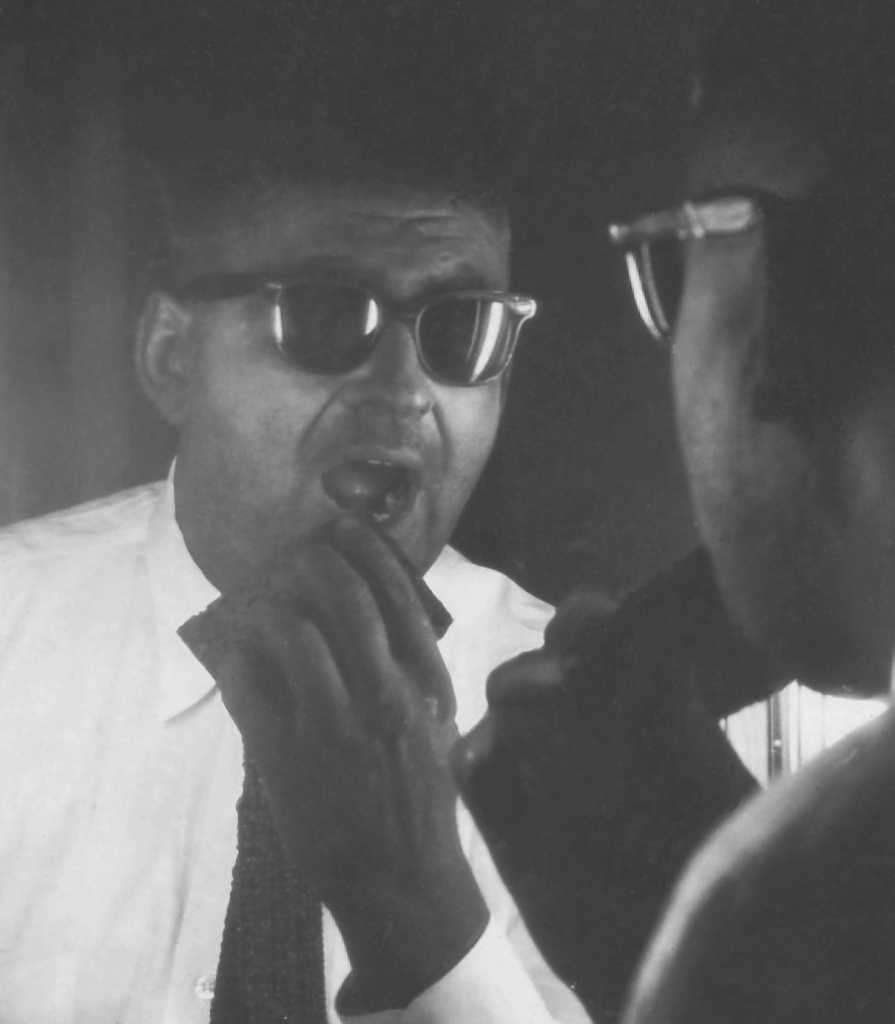
Griffin spent a lot of time living in black neighborhoods in different cities, staying in black-only motels, eating at black-owned and run cafes, and traveling with black men and women for weeks at a time.
He was most concerned about tensions in Mississippi, where a recent trial had heightened tensions between blacks and whites. Not only did jurors fail to indict the men suspected in the lynching and murder of a black man, but they also refused to evaluate any of the evidence gathered against them. Griffin was so shaken one evening that he called a buddy, a white newspaperman whose commitment to civil rights had made him a pariah among much of the white community, and stayed with him for a few days.
Griffin took shelter with a poor but loving black family after several days of traveling and facing disturbingly intimate sexual questions from curious white men who stopped to give him a lift. He said this as he stretched out on the floor, unable to sleep.I saw their huge eyes again, guileless, unaware that the doors to wonderlands of security, opportunity, and hope had been shut in their faces. “
Before Black Like Me
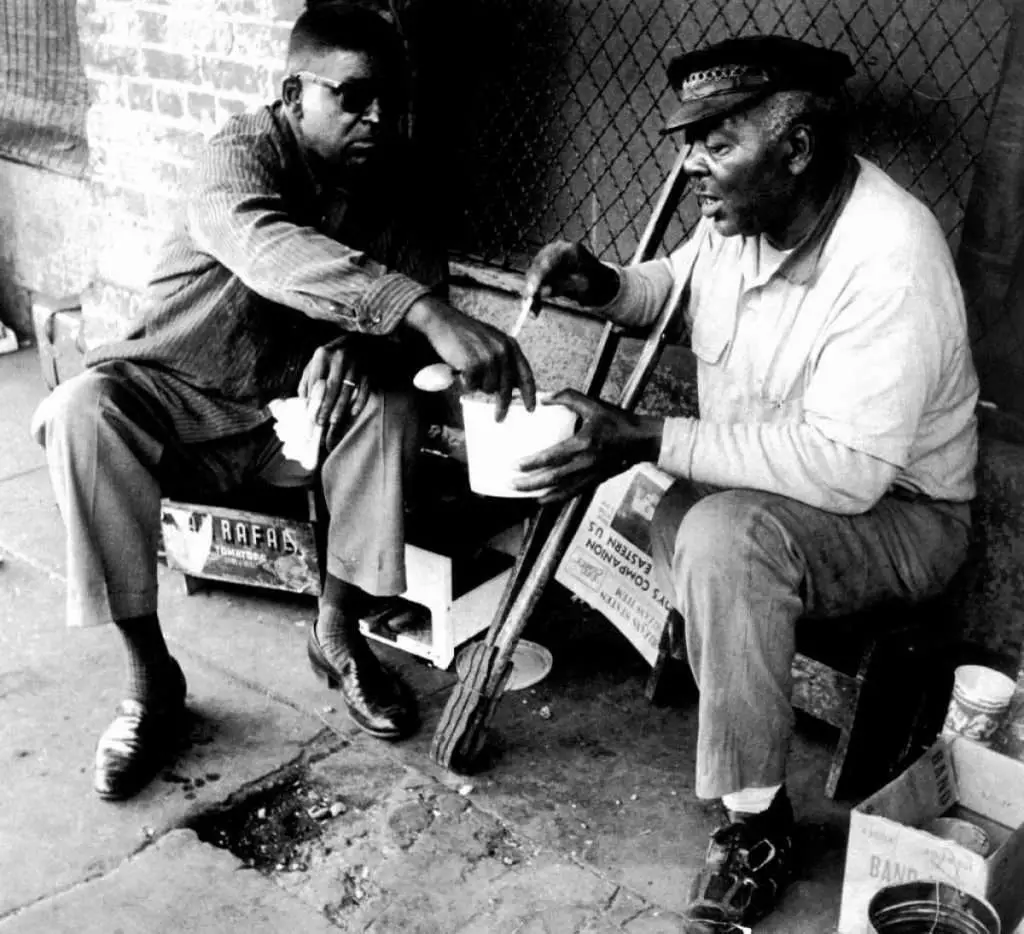
Griffin was born in Dallas and raised in Fort Worth, according to Bonazzi in the new edition of Black Like Me’s afterword.
He responded to an advertisement for a private school in France and was accepted, traveling to Europe in 1935 at the age of 15. He took classes with African kids there.
Griffin joined the underground resistance during the German occupation of World War II after studying literature and medicine at French colleges. He assisted in the smuggling of Jewish children out of Paris and into France, where they would be taken to England for safety.
He returned to the United States in 1940 and enlisted in the Army Air Corps the following year. In 1945, an explosion on the Pacific island of Morotai gave him a concussion and affected his vision. In Mansfield, Texas, about 20 miles southeast of Fort Worth, he was legally blind after he came back to visit his family on their farm.
Griffin married, started a family, and wrote a couple of books during the next decade. The writer began to glimpse flashes of red light around 1957. His eyes gradually improved over the course of several weeks.
He had the idea for Black Like Me in 1956, when he was still blind.
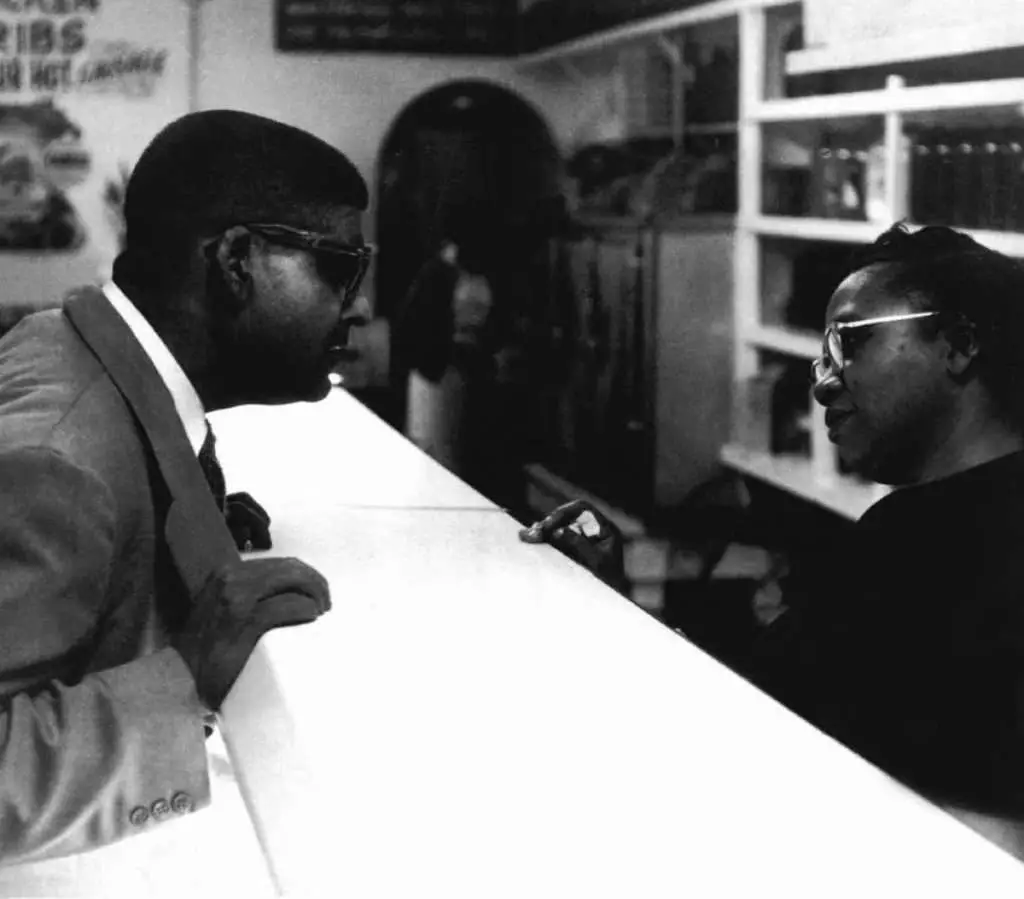
The Jewish Anti-Defamation League was surveying blacks and whites about school segregation across the country. (It wasn’t until 1962 that Texas schools were desegregated.) Griffin stood on a panel in Mansfield, listening to locals’ concerns.
“He was blind, and he couldn’t determine whether the speakers were black or white,” Bonazzi explains. They all spoke with a Texas drawl. He was struck by the fact that a person’s balance could only be determined by their heart, not their skin color. “
Sanders recalls the racial climate in Fort Worth at the time. In contrast to the “harsh” racism of the Deep South, Texas practiced “benevolent” racism.
Sanders notes, “Fort Worth characterized itself as more Western than Southern.” Even though there was segregation, there was tolerance. I remember thinking that there was always someone willing to help some of the town’s black residents.
Aftermath Black Like Me
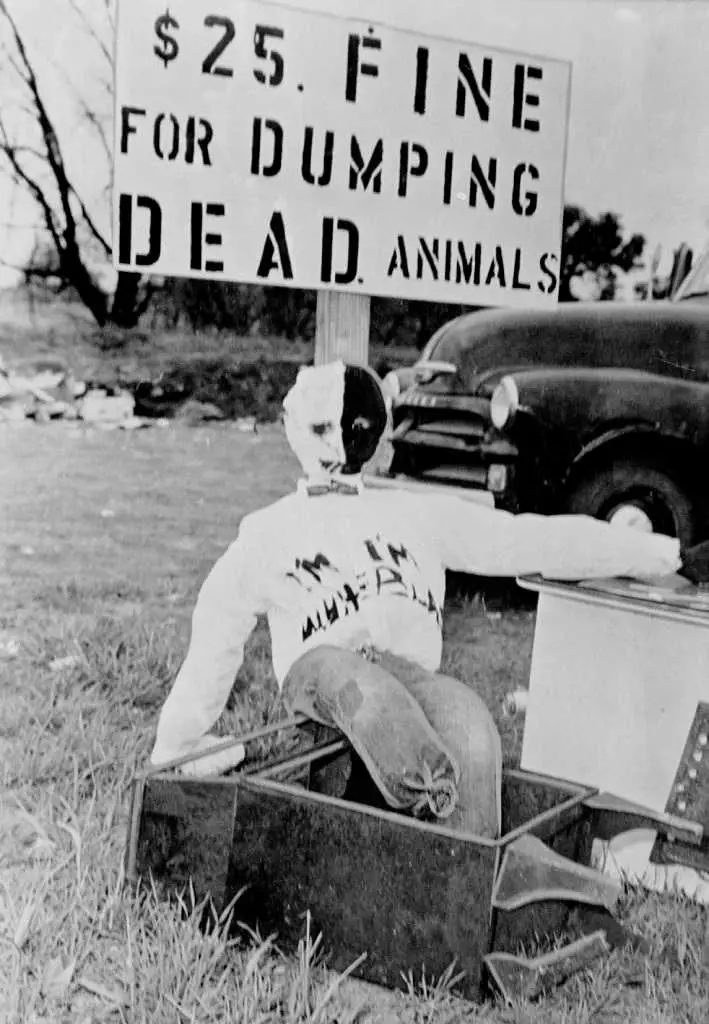
Griffin returned to Mansfield in 1960, and stories of his voyage began to circulate a few months later. He was featured in Time magazine, and Mike Wallace interviewed him on national television.
When Griffin’s essays were published in Sepia magazine, life in Mansfield grew increasingly uncomfortable. Griffin’s family faced threats, and once-friendly whites expressed open enmity toward him. Griffin was hanging in effigy in town one day. Griffin’s family was eventually forced into exile in Mexico, where he penned “Black Like Me” in 1961.
Despite this, he never stopped talking and writing about his incredible adventure.
Griffin got stranded on the side of the road in Mississippi in 1964 due to a flat tire.
“He and many other civil rights workers in the South were frequently followed,” Bonazzi recalls. He had hoped that someone would come to his aid. Instead, he was dragged away and shackled, and he was left for dead.It took him five months to get back on his feet. He was 44 years old. “
That same year, James Whitmore starred in a cinematic adaptation of the book, which Bonazzi describes as “a horrible film.”
Griffin spent the last few years of his life writing and teaching. In 1980, at the age of 60, he died of a heart attack and diabetic complications. His four children continue to live in the Dallas-Fort Worth metroplex.
“He always maintained in his lectures, ‘I don’t speak for black people, I speak for myself,'” Bonazzi says, referring to Griffin’s widow, Elizabeth, whom he married in 1983.
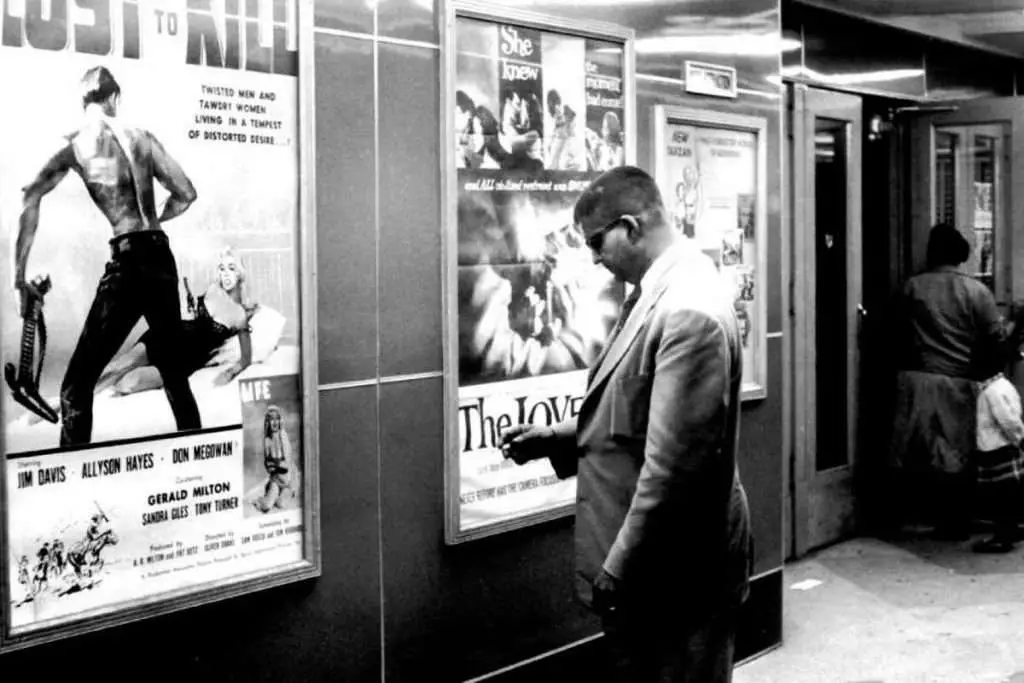
According to Bonazzi, Griffin’s most significant achievement was confronting his own bigotry. In the novel, when he first sees his black visage in the mirror, Griffin says, “In the flood of light against white tile, the face and shoulders of a stranger-a ferocious, bald, extremely dark Negro-glared at me from the glass.” He had nothing in common with me. The metamorphosis was dramatic and complete. I wasn’t expecting to see myself disguised, but this was different. I was imprisoned in the body of a complete stranger, one with whom I had no empathy and with whom I had no kinship. “
Griffin, on the other hand, had to confront his dislike for the man in the mirror.
“He eventually understood that while he was neutral intellectually, he was racist emotionally,” Bonazzi explains. He wasn’t afraid to bring it up. When he lectured, the majority of his audience was white, and many of them were students. If you grew up in the South, he argued, it was critical to fight to overcome racism. He added that if you face it, you’ll be on your path to becoming neutral and unprejudiced. “
Highlights about John Howard Griffin
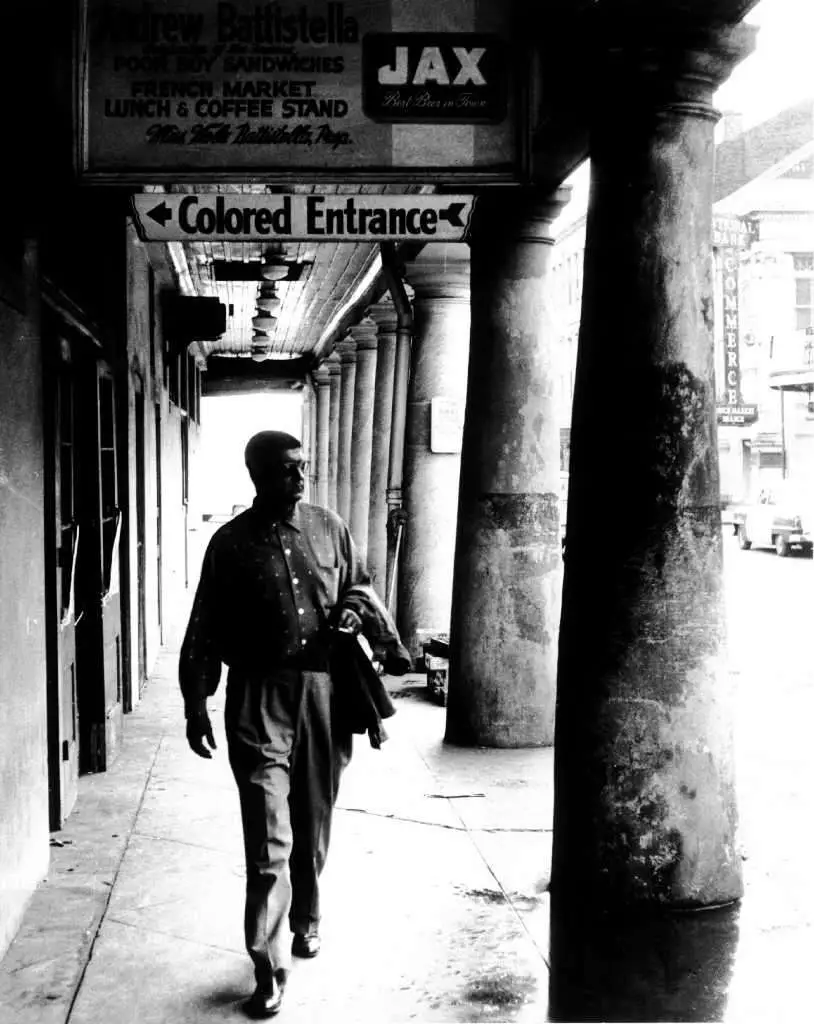
Roberto Bonazzi’s Man in the Mirror: John Howard Griffin and the Story of Black Like Me is one of the many books by and about Griffin released by Wings Press. The books are also available as ebooks from places like bn.com, amazon.com, and others. For additional information, visit wingspress.com.
Griffin changed his skin color to see how others would react to him differently, according to Roberto Bonazzi, Griffin’s close friend and biographer.
“He was sophisticated about certain things because he had seen the repression of the Jews in France during World War II,” Bonazzi adds. “He imagined it would be a minor annoyance, but it turned out to be quite the opposite.”
Few Critics About Black Like Me
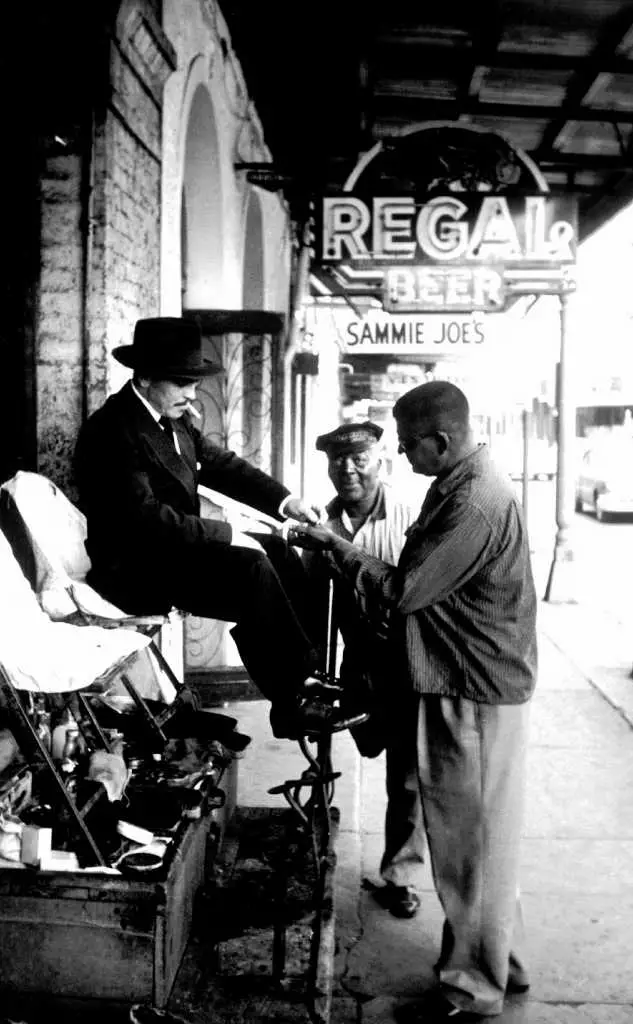
In the world of reality television, a white man dressed as a black man might not seem all that shocking. However, in the early years of the civil-rights movement, it was a risky gamble.
Griffin, a Fort Worth native, chronicled his trip in Black Like Me (1961), a book that stands out as a one-of-a-kind work on race. A 50th anniversary edition has just been released by Wings Press in San Antonio.
You can judge the book on its literary worth, “says Bob Ray Sanders, 64, a columnist for the Fort Worth Star-Telegram who frequently tackles racial issues. “I judge it on moral and historical grounds, as well as the inspiration it provided to those of us who were still searching for hope at the time.”
The book, which is still taught in high schools across the country, serves as a springboard for discussion and personal reflection on race.
Geneva Hargrove, a former high school English teacher who now manages federal and state programs at Anson ISD near Abilene, says, “My students were just awed by the notion that Griffin was not allowed to use a bathroom.”
They were well aware that they would be seated at the back of the bus. Lynching Slavery. But it touched home for them when he couldn’t get work and couldn’t use the same restroom as white people. “
Sanders recalls, “He was willing to come back, write it down, go on TV, go on speaking tours.” Here’s a white man expressing at least some of his feelings towards America.
Griffin’s specific experience, according to Sanders, is less important than the fact that he was bold enough to share it with the rest of the world.
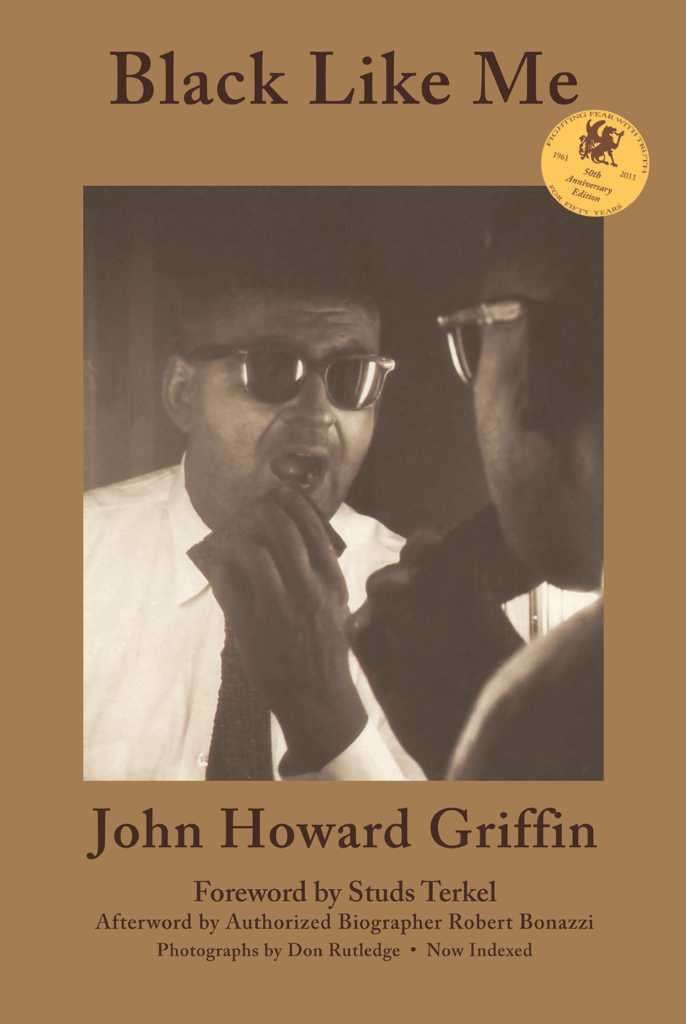
You can buy : Amazon
Read More>>>

